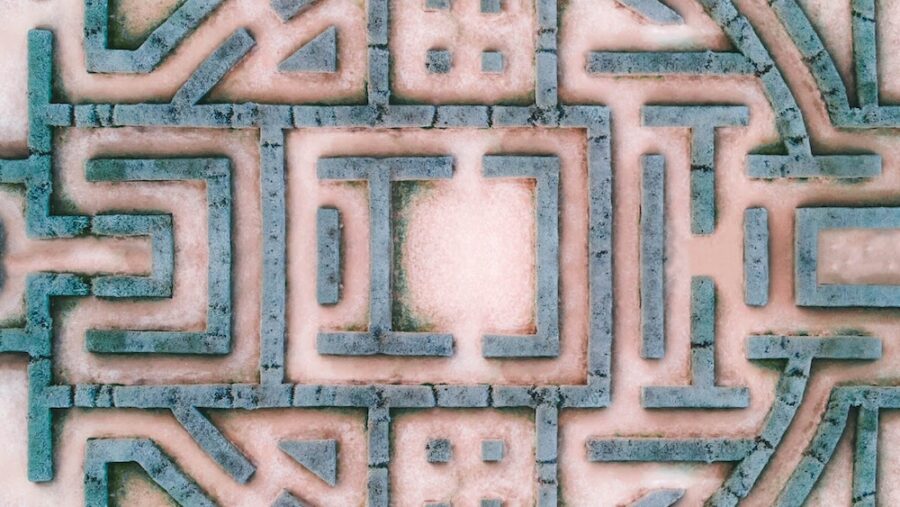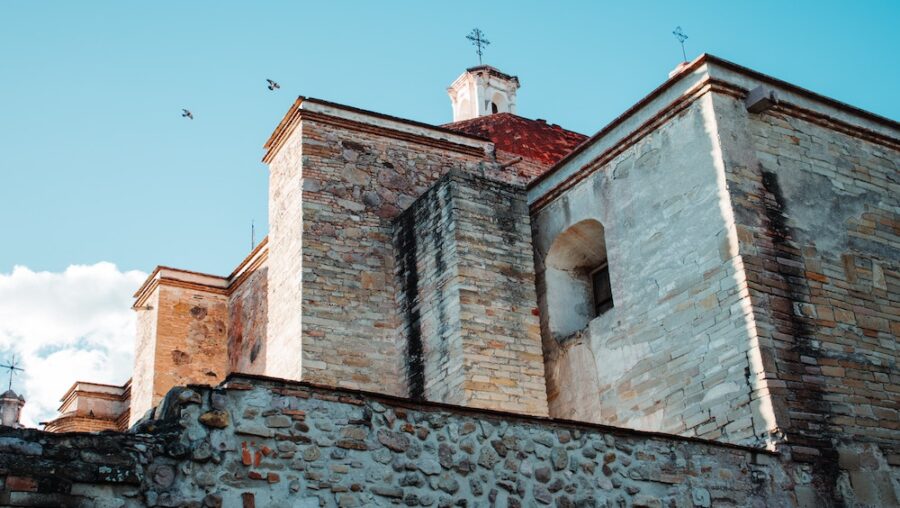Archaeologists Uncovered Mythical Labyrinth Under Ancient Church

Evidence of an underground maze beneath the ancient ruins of Mitla in Oaxaca, Mexico, has been unearthed by archaeologists. Previously thought to be a legend, this labyrinth is believed to be the gateway to the Zapotec underworld, Lyobaa, or “place of rest.” The ancient people of Zapotec considered it to be a sacred place.
Archaeologists believe they’ve discovered the infamous Backdoor to Hell in the Mitla ruins in Mexico.
According to Popular Mechanics, the Project Lyobaa research team discovered that the myth was true after finding a system of caves and passageways believed to be the fabled backdoor to hell. The effort is a collaboration between the Archeology Research and Exploration (ARX) Project, the Mexican National Institute of History and Anthropology (INAH), and the National Autonomous University of Mexico.
Using a blend of ancient legend and modern-day technology, the team says the “findings confirm the existence of extensive underground chambers and tunnels underneath the Church Group of the ancient ruins.” It is the exact location cited in colonial documents and believed by local tradition to be the entrance to the great undergroud temple of Lyobaa.

According to the research team, the discoveries, which include evidence of an earlier construction phase of the Palace of the Columns, are expected to revolutionize the understanding of the ancient Mitla ruins in Mexico. These ruins are known for their five distinct clusters of structures. The Columns Group and Church Group have undergone extensive restoration and are finally open to the public.
During their exploration beneath the primary altar of the Catholic Church, the team also discovered a large void that seemed to be linked to another geophysical abnormality located north of the church. Further analysis of the data exposed the presence of two underground passages running in an east-west direction, situated approximately 16 to 26 feet below the surface.
This revelation provided a glimpse into the underground architecture. “The arrangement of chambers and tunnels underneath the church displays a far greater and more complex articulation than the relatively simple cruciform chambers that exist under the Columns Group and in other parts of the site,” the team said of the ancient ruins.
The most fascinating discovery was a stone door that led to an inexplicable cavern, extending an astonishing depth of 90 miles into the Earth…
“The depth and orientation of the newly identified chambers suggest that they may not have been originally connected to the buildings above ground.” ARX Project plans to resume its investigations in September 2023 in hopes of discovering more underground chambers. However, there are no immediate plans to physically venture into the speculated gateway to the underworld.
Interestingly, Francisco de Burgoa, a Dominican chronicler from the 17th century, provided a detailed account of his 1674 ancient ruins expedition alongside a group of Spanish missionaries. Together, they explored subterranean temples and uncovered a series of four interconnected chambers, where they discovered the burial sites of Teozepotlan’s priests and kings.
During their exploration beneath the primary altar of the Catholic Church, the team also discovered a large void that seemed to be linked to another geophysical abnormality located north of the church.
However, the most fascinating discovery was a stone door that led to an inexplicable cavern, extending an astonishing depth of 90 miles into the Earth (although the plausibility of such depth remains uncertain). This underground expanse featured intersecting passages and a roof supported by pillars, adding to the intrigue of their findings.
Believing the underground labyrinth to be an entrance to Hell, the missionaries supposedly took measures to seal off the site. Rediscovering this location centuries later required the use of ground-penetrating radar, electrical resistivity tomography, and seismic noise tomography. Combining these techniques provided a precise three-dimensional model of the ancient ruins, marking a significant achievement.












